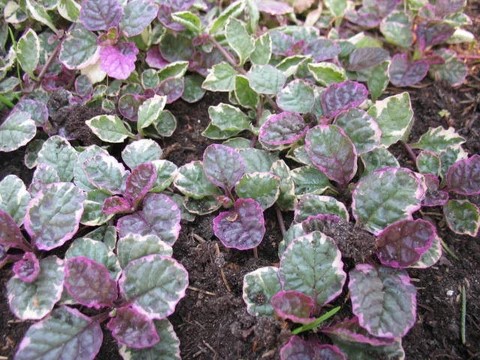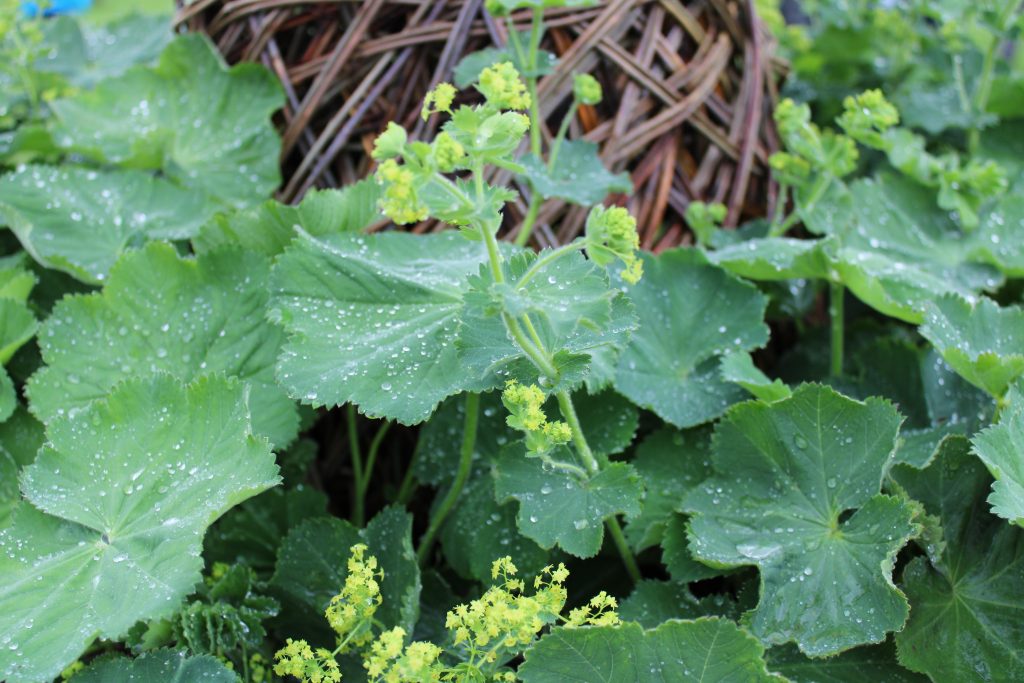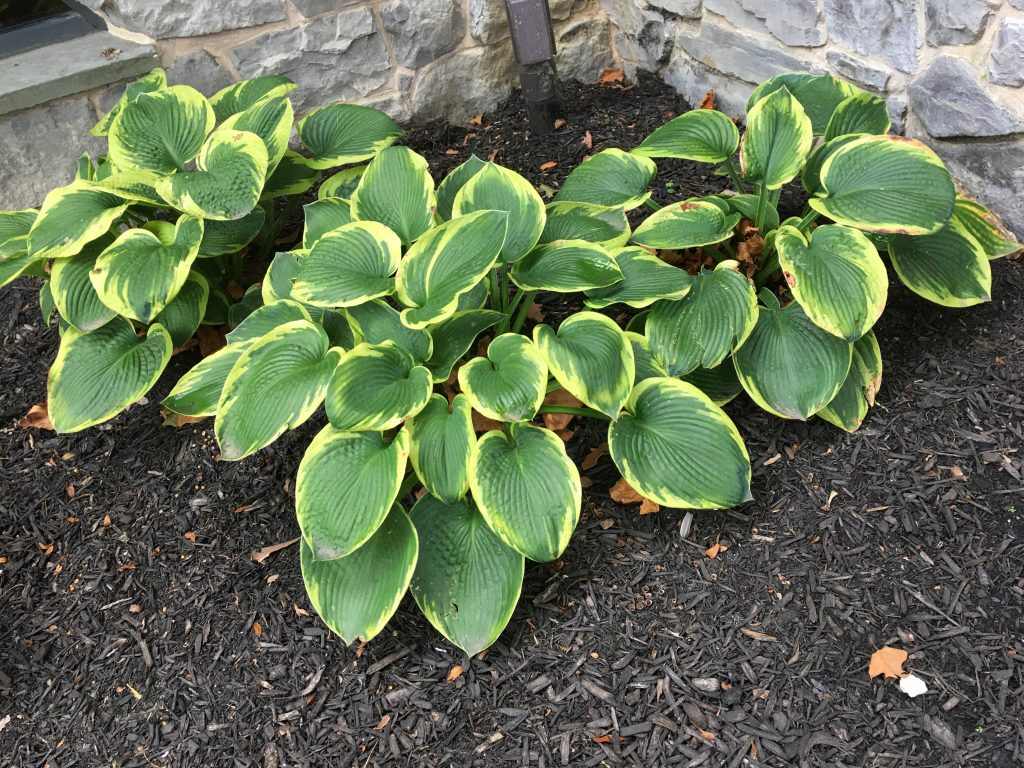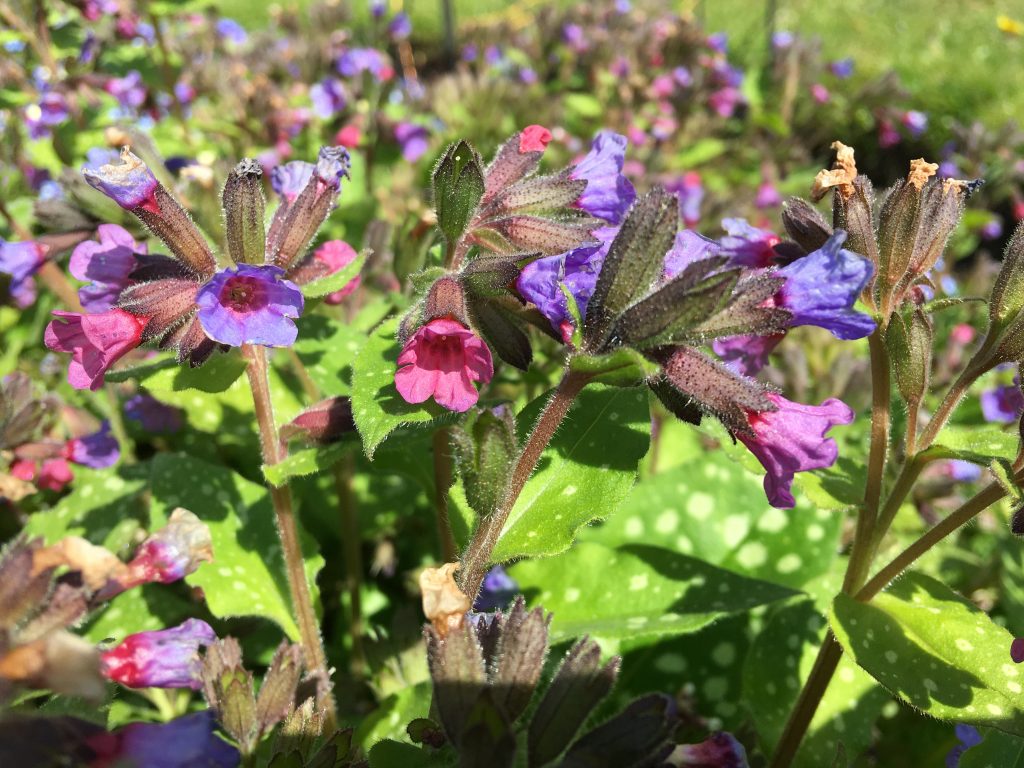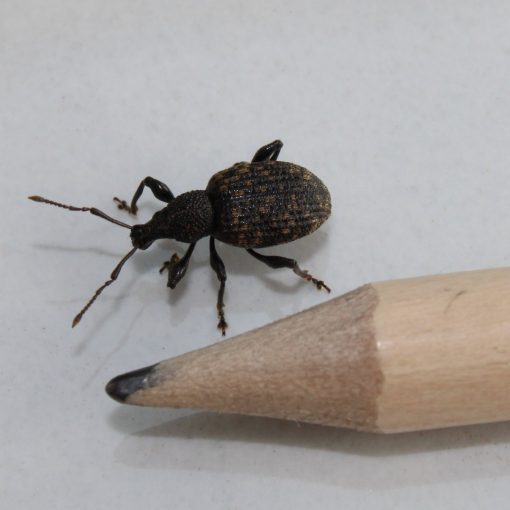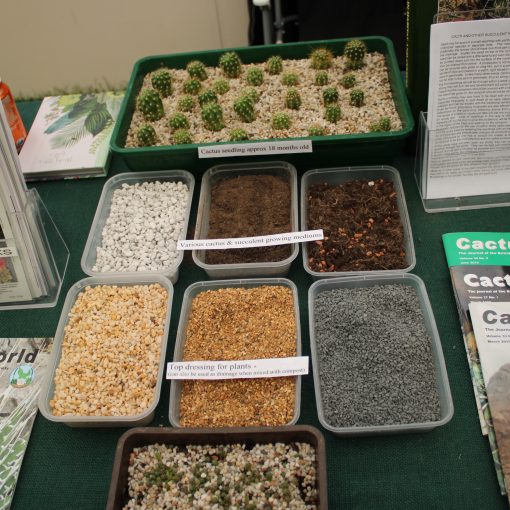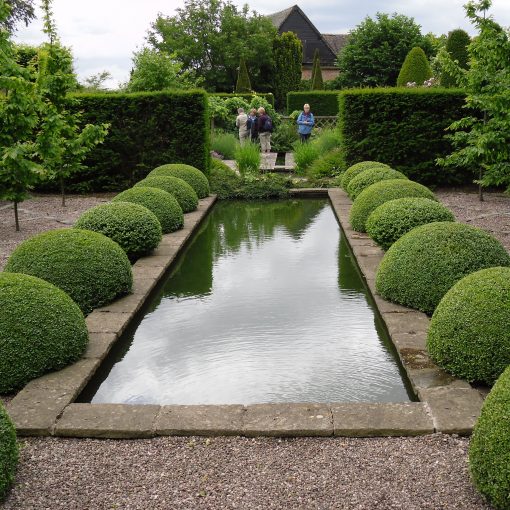Updated: May 3
Learning Outcomes for RHS Level 2 R2112
Understand the choice of herbaceous perennial plants for display and how to grow them
Name TEN herbaceous perennial plants suitable for growing in a herbaceous border
Name FIVE herbaceous perennials suitable for growing in shade and FIVE suitable for use as ground cover
Introduction
If you are studying for R2111 (Garden planning) and/or R2112 (Plant selection, establishment and maintenance), there will be one major worry on your mind, one major elephant in the room…
How am I going to remember all the plant examples for both these modules and which ones do I learn?
Some categories from the 2 modules will overlap and some will not. For example for R2111 you need to know 10 herbaceous perennials for planting in a variety of situations while for R2112 you need to know 10 herbaceous perennials plus 5 herbaceous perennials for shade and 5 for ground cover.
So a good starting point is to download the syllabus (qualification specification) and carefully check what you need to know.
How I teach this section (plant examples for R2111 and R2112)
The best way to learn all about a particular plant is to grow it, admire it, and tend to it through all four seasons for at least a couple of years. That’s when you know a plant inside out. If you have already nurtured some plants this way, you will already be familiar with them and if they ‘fit’ into a plant selection category, then these are the ones to learn. One of my students drew a plan of her garden and learnt those as she could quickly visualise what was growing where. If you are studying as part of a group there will be plant samples on site to study and the tutor probably brings in plant samples to examine. Even so you won’t have access to those plants as they change throughout the year and most teaching stops in June just before the exams.
Each week I take samples of plants from my garden and the grounds where I work and ask students to look them up in the RHS A-Z encyclopaedia of plants or research them on the RHS website using their smart phones.
The other way to learn them is to:
- Visit garden centres every week as these plants are labelled
- Visit gardens open to the public where the plants are labelled – RHS gardens, botanical gardens, national trust gardens etc. Nothing can replace touching and smelling the plants and will help you to remember them.
Overwhelmed with the number of plant names and descriptions to remember, students ask me; ‘How do I remember all these names?’ There’s no quick fix but you could try:
Post-it notes in your kitchen, repetitively writing the name, or really delving into a plant and creating a detailed profile using a template. Repetition and then testing yourself as well as completing old exam questions will really help.
Generally, when you are memorising selected plants, choose ones that give you some extra clues. For example: An example of an evergreen lime hating shrub could be Camellia japonica ‘Mars’ which has red flowers (like Mars) and is up to 4m tall. The common Camellia japonica has pink or white flowers and is very tall, up to 12m in height which is too big for many gardens. Although you have to remember an extra cultivar name, the longer botanical name does give you the colour of the flower.
If you study past exam questions the RHS hardly ever asks for more than 4 examples from a specific plant group (apart from hardy annuals) so if revision time is running out perhaps you could take a chance and just learn 4 in detail rather than trying to learn 10.
Examples of herbaceous perennials for shade and ground cover.
To reduce the number of plants to learn here are some examples that double up as both ground cover and shade tolerant herbaceous perennials:
If you want to know what a ground cover plant is this link outlines 10 Award of garden merit plants which are recommended as ground cover. 10 AGM-winning groundcover plants with beautiful leaves / RHS Gardening
All the plants listed below will grow in shade and are good for ground cover. Click on the name and it will take you the RHS website and describes the plant in more depth:
Liriope muscari
(No photo available)



